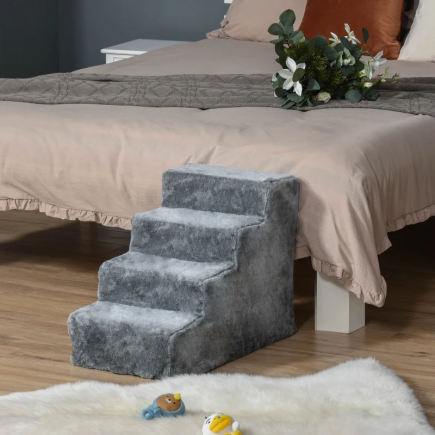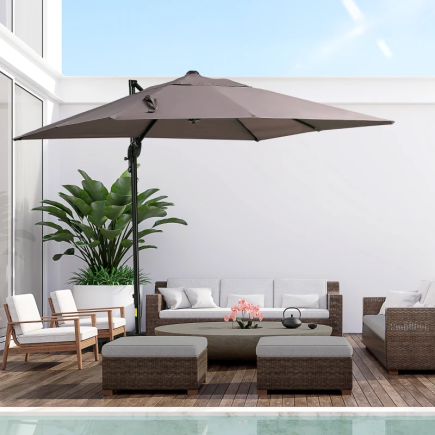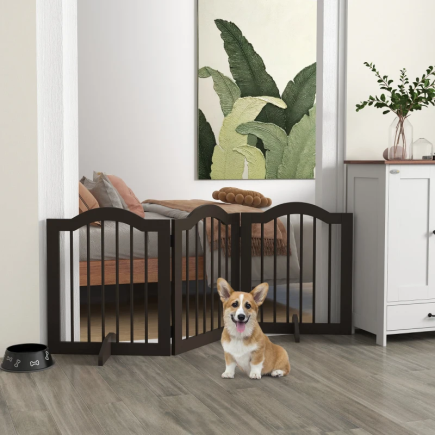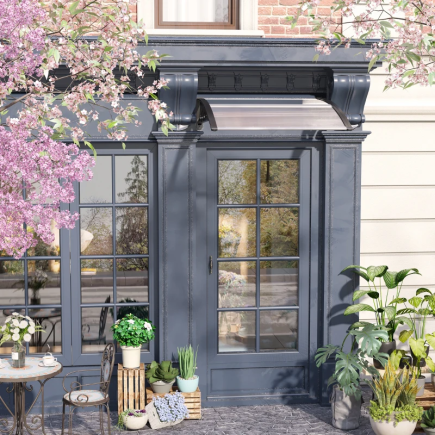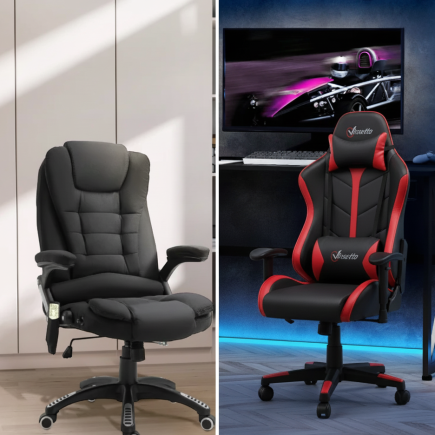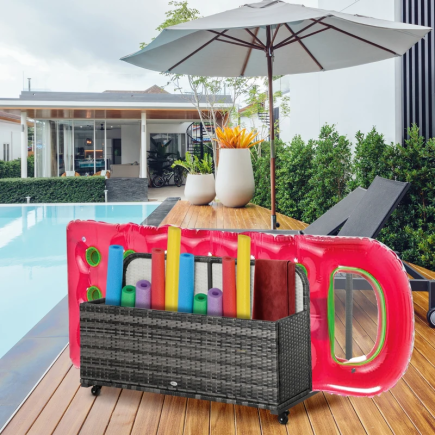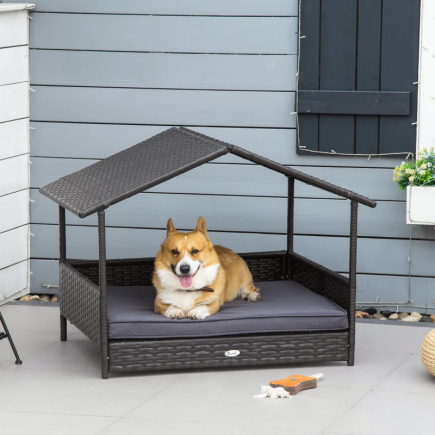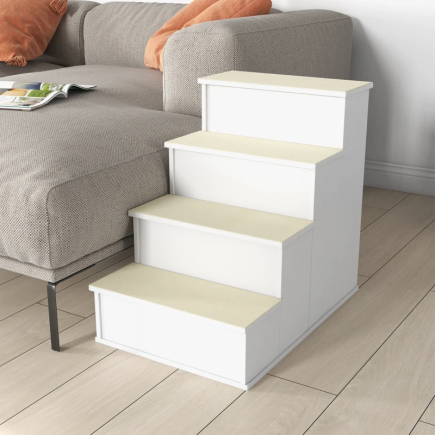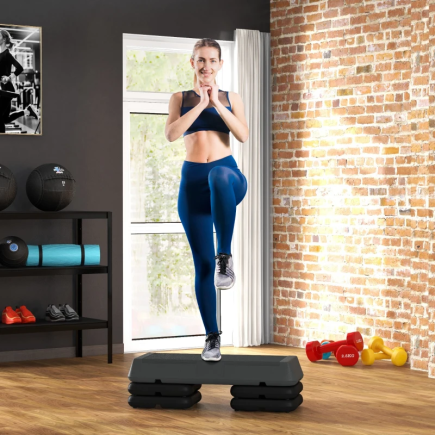Summer weather can shift quickly from pleasantly warm to uncomfortably hot. For many people, especially renters, condo dwellers, or those in older homes without central air, a portable air conditioner is one of the most practical ways to stay cool.

These units offer flexibility, quick installation, and targeted cooling without permanent modifications. The right model can transform a sweltering room into a comfortable retreat, but the wrong choice can leave you with high bills, uneven cooling, and ongoing frustration. This guide takes you step-by-step through every factor to consider so you can choose a portable air conditioner that perfectly fits your space, budget, and lifestyle.
Step 1: Determine the Cooling Power You Need (BTU Ratings)
What BTUs Mean and Why They Matter
Every portable AC comes with a BTU rating, short for British Thermal Units. This number shows how much heat the unit can remove from the air each hour. It’s the starting point for matching a portable air conditioner to your space.
- Too few BTUs: The unit will run constantly and still fail to bring the room to a comfortable temperature.
- Too many BTUs: The room cools too fast without removing enough humidity, leaving it cold but clammy.
Recommended BTUs per Square Footage
Here’s a baseline sizing guide for average 8-foot ceilings and standard insulation:
| Room Size (sq. ft.) | Recommended BTUs |
| 100–150 | 5,000–6,000 |
| 150–250 | 6,000–7,000 |
| 250–300 | 7,000–8,000 |
| 300–350 | 8,000–10,000 |
| 350–400 | 10,000–12,000 |
| 400–450 | 12,000–14,000 |
| 450–550 | 14,000–18,000 |

Pro Tip: If your room gets strong direct sunlight most of the day, add around 10% to the BTU requirement. If it’s well-shaded, reduce by 10%.
Other Factors That Affect BTU Needs
- High ceilings mean more air volume, which requires more cooling capacity.
- Poor insulation or older windows allow heat to enter and cool air to escape, so a higher BTU rating is needed.
- Appliances and electronics in the room can add heat load, factor these in if your space includes a TV wall, gaming setup, or kitchen equipment.
Step 2: Check Ventilation and Window Compatibility
Portable ACs need to vent hot air outside to work effectively. They typically do this via a flexible hose connected to a window kit.
Venting Requirements
Most portable air conditioners include a window installation kit, but you’ll need to ensure it’s compatible with your windows. Venting is non-negotiable, without it, the warm exhaust air stays in the room, cancelling out the cooling effect.
Window Types That Work Best
- Single-hung or double-hung windows: Easiest to adapt for portable air conditioner use.
- Sliding windows: Require horizontal or vertical adjustments with the included kit.
- Casement windows: May require a special adapter or a custom plexiglass panel for proper sealing.

Tip: Always measure your window before buying. Some kits have limited adjustability, so you’ll want to ensure a good fit to avoid air leaks.
Step 3: Choose Between Single-Hose, Dual-Hose, and Hybrid Models
Single-Hose Models
- Pros: Affordable and easy to install.
- Cons: Can create negative pressure in the room, pulling warm air in from other areas.
Dual-Hose Models
- Pros: More efficient; one hose brings in outside air for cooling the condenser, the other expels hot air.
- Cons: Usually more expensive and slightly more complex to install.
Hybrid Models
Some newer designs allow you to switch between single-hose and dual-hose setups, giving you flexibility based on conditions and efficiency needs.
Step 4: Prioritise Energy Efficiency
Running a portable AC for several hours a day in summer can significantly increase your hydro bill. Choosing an energy-efficient model will save you money and reduce your environmental impact.
Efficiency Ratings to Check
- EER (Energy Efficiency Ratio): Higher is better, more cooling per watt.
- SEER (Seasonal EER): Averages performance over a season.
- ENERGY STAR Certification: Meets strict government energy-saving guidelines.
| EER Rating | Efficiency Level |
| 9.0–9.9 | Good |
| 10.0–10.9 | Better |
| 11.0+ | Best |
Pro Tip: In areas with higher electricity rates, an ENERGY STAR unit can pay for itself through savings in one summer.
Step 5: Consider Noise Levels
Noise can make or break your comfort level. Portable ACs are inside your space, so you’ll hear both the compressor and the fan.
| Noise Level | Comparable Sound |
| <50 dB | Library-quiet or a calm conversation |
| 50–60 dB | Steady rainfall |
| 60–70 dB | Dishwasher noise |
For bedrooms, nurseries, and home offices, look for units rated at 50 dB or less on their lowest setting.
Step 6: Decide on Additional Functions
The 3-in-1 feature set shown in your images, cooling, fan, and dehumidifying, is a perfect example of how one unit can do more than just cool.
- Cooling Mode: Wide temperature range (often 15–31°C or 59–88°F).
- Fan Mode: Circulates air without cooling for mild days.
- Dehumidifier Mode: Removes moisture, useful in humid climates or basements.
Other Features to Consider:
- Heating mode for year-round use.
- Air purification with HEPA or carbon filters for better indoor air quality.
- Multiple fan speeds to adapt to comfort needs.
Step 7: Evaluate Portability and Size
A powerful AC is useless if it doesn’t fit comfortably in your space. Always check the unit’s dimensions and ensure there’s enough clearance for airflow.
Example size range for a medium-capacity unit:
- Height: ~71 cm (28″)
- Width: ~41 cm (16.1″)
- Depth: ~33.5 cm (13.2″)

Look for:
- Smooth-rolling wheels for moving between rooms.
- Side handles for easier lifting.
- Slim or compact designs if you need to store it during cooler months.

Tip: Check the weight before purchase, some large-capacity units exceed 80 lbs.
Step 8: Look for Smart Controls and Convenience Features
From your control panel image, here’s what stands out in a well-designed portable air conditioner:
- Clear digital display for temperature and settings.
- Dedicated touch buttons for modes, swing, fan speed, and timer.
- Child/Sleep Lock to prevent accidental changes.
- Remote control with a strong 5-metre range, ideal for adjusting settings without leaving the couch or bed.
- Some models also offer Wi-Fi connectivity for app or voice control.

Step 9: Understand Maintenance and Drainage Requirements
Drainage Options
- Self-evaporative systems: Use heat from the condenser to evaporate collected moisture, low maintenance.
- Manual drain systems: Require periodic emptying of a water tank.
- Continuous drain: Directs water via hose to a drain point.
Filter Care
Most portable air conditioners have washable filters that should be cleaned every 2–4 weeks during heavy use to maintain airflow and efficiency.
Step 10: Factor in Safety and Family-Friendly Features
Your first image shows an important extra, child lock. This prevents curious kids from accidentally changing settings or turning the unit on/off.
If you have pets or young children, also consider:
- Stable, tip-resistant design.
- Smooth edges to prevent injury.
- Mesh filters that can block pet hair.

Final Checklist for Picking the Right Portable AC
- Determine the correct BTU rating.
- Confirm window compatibility for venting.
- Choose the right hose type for your needs.
- Select an energy-efficient model.
- Check noise levels for your intended room.
- Decide which extra features matter most.
- Ensure portability matches your lifestyle.
- Look for smart controls and safety locks.
- Understand maintenance and drainage before buying.
Choosing a Portable Air Conditioner is about matching cooling capacity, efficiency, noise level, features, and safety to your home and habits. By following these steps, and paying attention to extra features like 3-in-1 functionality, smart controls, and child lock safety, you’ll end up with a unit that keeps you comfortable all summer, without headaches or regret.
FAQs
1. Can a portable air conditioner cool multiple rooms at once?
Most portable air conditioners are designed for single-room use. While you can move them between rooms, they aren’t intended to cool multiple spaces simultaneously without ducting.
2. Do portable air conditioners need to be vented outside?
Yes, they must exhaust hot air outdoors. If venting through a window isn’t possible, alternative venting through a wall, ceiling, or sliding door may work.
3. Can a portable AC help with air quality?
Some models include HEPA or activated carbon filters that can reduce dust, allergens, and odours.

